General Discussion
Forum home - Go back to General discussion
|
Selex Transfers G.W.green and Sons, What The Heck is This Radio???
|
|
|
« Back ·
1 ·
Next »
|
|
|
Return to top of page · Post #: 1 · Written at 4:32:14 PM on 5 October 2016.
|
|
|
|
Location: Golden Grove, SA
Member since 10 April 2015 Member #: 1726 Postcount: 149 |
|
I just picked up this unit thinking it was a PA system. 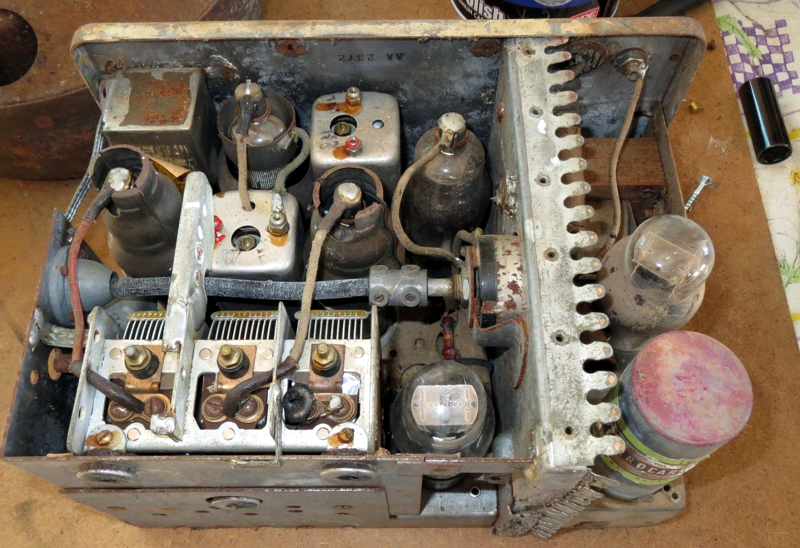 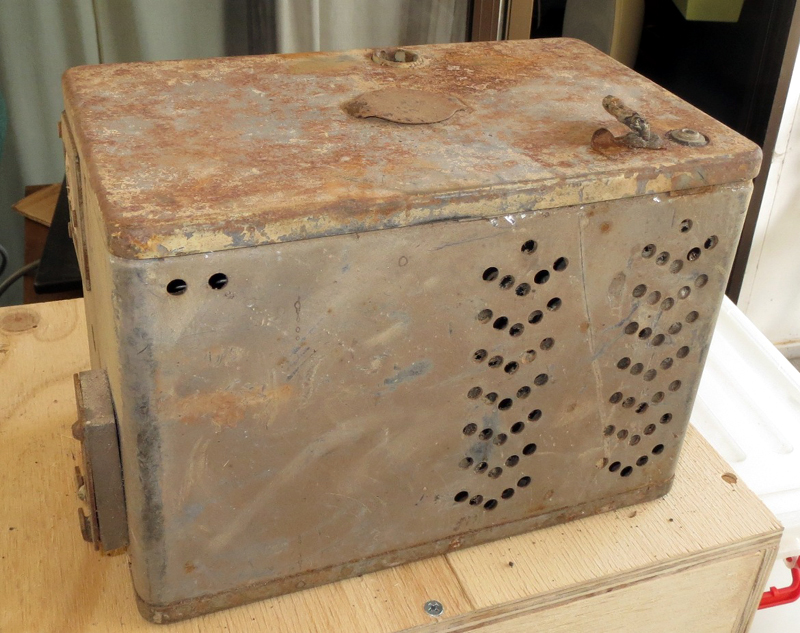 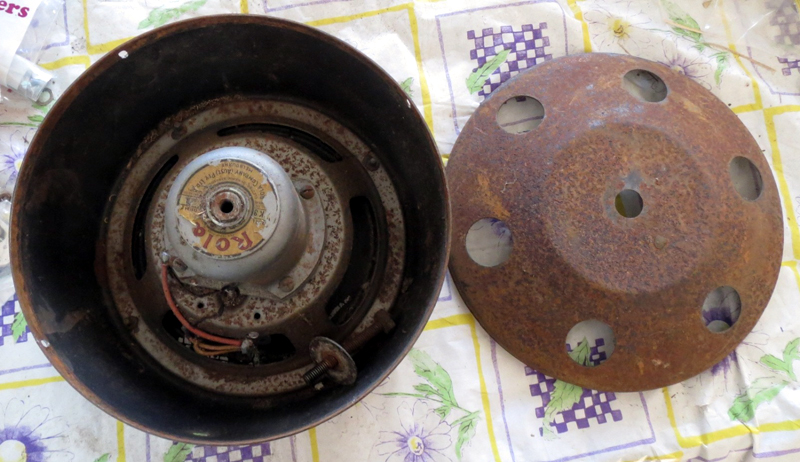 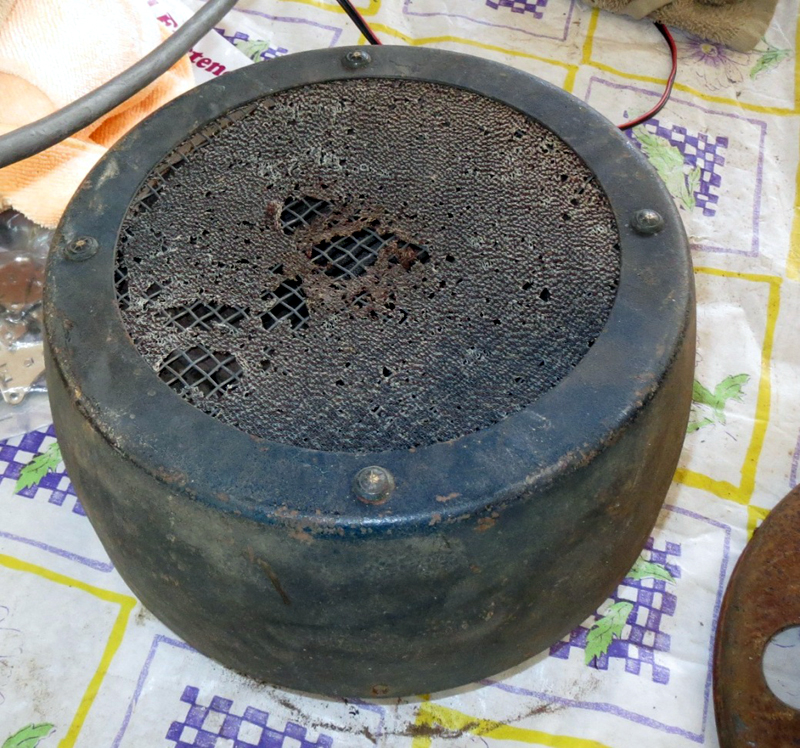 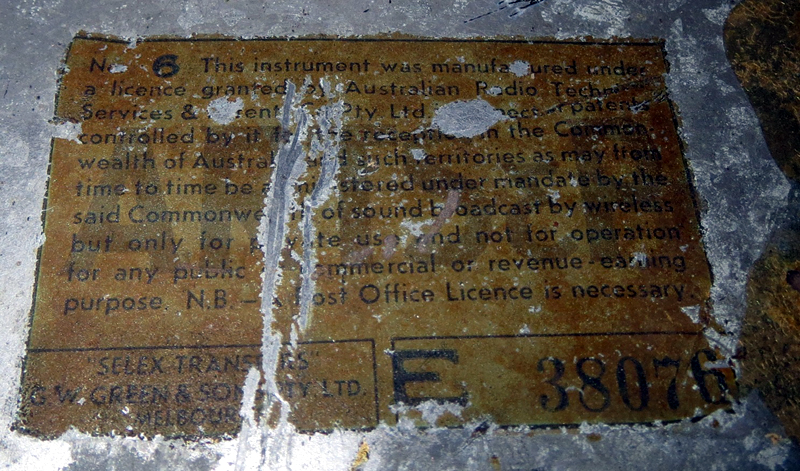 |
|
|
Return to top of page · Post #: 2 · Written at 5:33:06 PM on 5 October 2016.
|
|
|
|
Location: Harston, VIC
Member since 28 February 2009 Member #: 442 Postcount: 145 |
|
Hi Josh, |
|
|
Return to top of page · Post #: 3 · Written at 9:53:16 PM on 5 October 2016.
|
|
|
|
Administrator
Location: Naremburn, NSW
Member since 15 November 2005 Member #: 1 Postcount: 7548 |
|
My guess is a very early car radio. The "E" on the transfer means 1938 as the year of manufacture. If it is a car radio it'd be a prime example of what luxury items went into cars of the time. ‾‾‾‾‾‾‾‾‾‾‾‾‾‾‾‾‾‾‾‾‾‾‾‾‾‾‾‾‾‾‾‾‾‾‾‾‾‾‾‾‾‾‾‾‾‾‾‾‾‾‾‾‾‾‾‾‾‾‾‾‾‾‾‾‾‾‾‾ A valve a day keeps the transistor away... |
|
|
Return to top of page · Post #: 4 · Written at 10:52:13 PM on 5 October 2016.
|
|
|
|
Location: Sydney, NSW
Member since 28 January 2011 Member #: 823 Postcount: 6882 |
|
Vibrator in lower right corner suggests a car radio. |
|
|
Return to top of page · Post #: 5 · Written at 10:31:24 AM on 6 October 2016.
|
|
|
|
Location: Belrose, NSW
Member since 31 December 2015 Member #: 1844 Postcount: 2621 |
|
That's an Astor car radio. I have one similar. |
|
|
Return to top of page · Post #: 6 · Written at 10:46:50 AM on 6 October 2016.
|
|
|
|
Location: Melbourne, VIC
Member since 20 September 2011 Member #: 1009 Postcount: 1247 |
|
It is a car radio made by Astor. |
|
|
Return to top of page · Post #: 7 · Written at 11:37:28 AM on 6 October 2016.
|
|
|
|
Location: Wangaratta, VIC
Member since 21 February 2009 Member #: 438 Postcount: 5590 |
|
Not quite identical to one I have here, and its a car radio. That tatty metal plate centre front of the case will be the Astor badge. |
|
|
Return to top of page · Post #: 8 · Written at 1:07:29 PM on 6 October 2016.
|
|
|
|
Location: Golden Grove, SA
Member since 10 April 2015 Member #: 1726 Postcount: 149 |
|
Looks like Astor it is, the line up is |
|
|
Return to top of page · Post #: 9 · Written at 12:50:40 PM on 7 October 2016.
|
|
|
|
Location: Belrose, NSW
Member since 31 December 2015 Member #: 1844 Postcount: 2621 |
|
Hi Josh |
|
|
Return to top of page · Post #: 10 · Written at 3:22:25 PM on 7 October 2016.
|
|
|
|
Location: Wangaratta, VIC
Member since 21 February 2009 Member #: 438 Postcount: 5590 |
|
I often use Line caps on the vibrator side as they have a high punch through & should not short, padder & other caps tended to have an attrition rate due to the spikes. Any original caps should be treated with suspicion. Do not use capacitor start caps. |
|
|
Return to top of page · Post #: 11 · Written at 7:13:23 PM on 7 October 2016.
|
|
|
|
Location: Belrose, NSW
Member since 31 December 2015 Member #: 1844 Postcount: 2621 |
|
A line cap would not be a good choice because they are designed to go O/C easily if spiked for safety reasons. That's exactly what you don't want. Better to go S/C, less damage that way. |
|
|
Return to top of page · Post #: 12 · Written at 8:44:25 PM on 7 October 2016.
|
|
|
|
Location: Wangaratta, VIC
Member since 21 February 2009 Member #: 438 Postcount: 5590 |
|
The punch trough of "x/y" caps is quite high due to the spikes & transients you get on the mains & I had one incident recently where two of my design surge protectors actually did what they were supposed to do. |
|
|
« Back ·
1 ·
Next »
|
|
|
You need to be a member to post comments on this forum.
|
|

Sign In

Vintage Radio and Television is proudly brought to you by an era where things were built with pride and made to last.
DISCLAIMER: Valve radios and televisions contain voltages that can deliver lethal shocks. You should not attempt to work on a valve radio or other electrical appliances unless you know exactly what you are doing and have gained some experience with electronics and working around high voltages. The owner, administrators and staff of Vintage Radio & Television will accept no liability for any damage, injury or loss of life that comes as a result of your use or mis-use of information on this website. Please read our Safety Warning before using this website.
WARNING: Under no circumstances should you ever apply power to a vintage radio, television or other electrical appliance you have acquired without first having it checked and serviced by an experienced person. Also, at no time should any appliance be connected to an electricity supply if the power cord is damaged. If in doubt, do not apply power.
Shintara - Keepin' It Real · VileSilencer - Maintain The Rage
